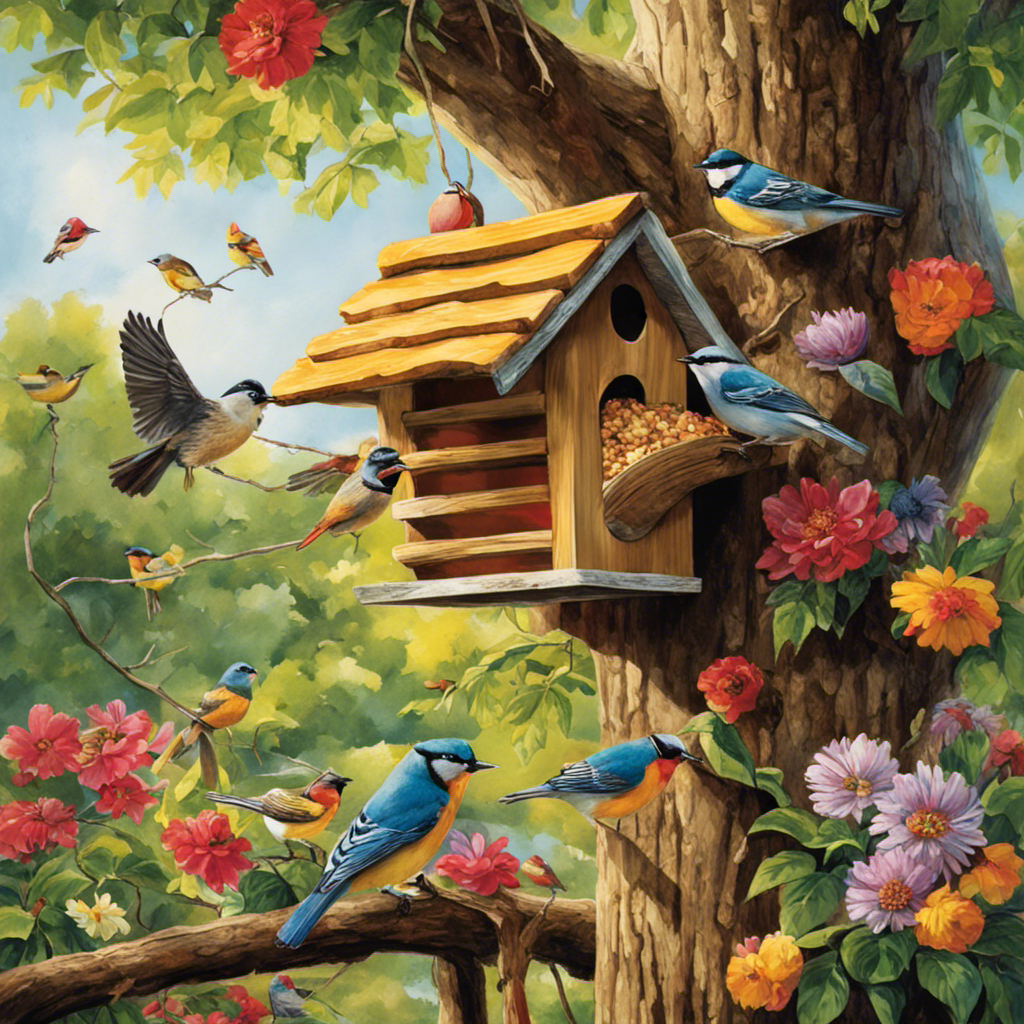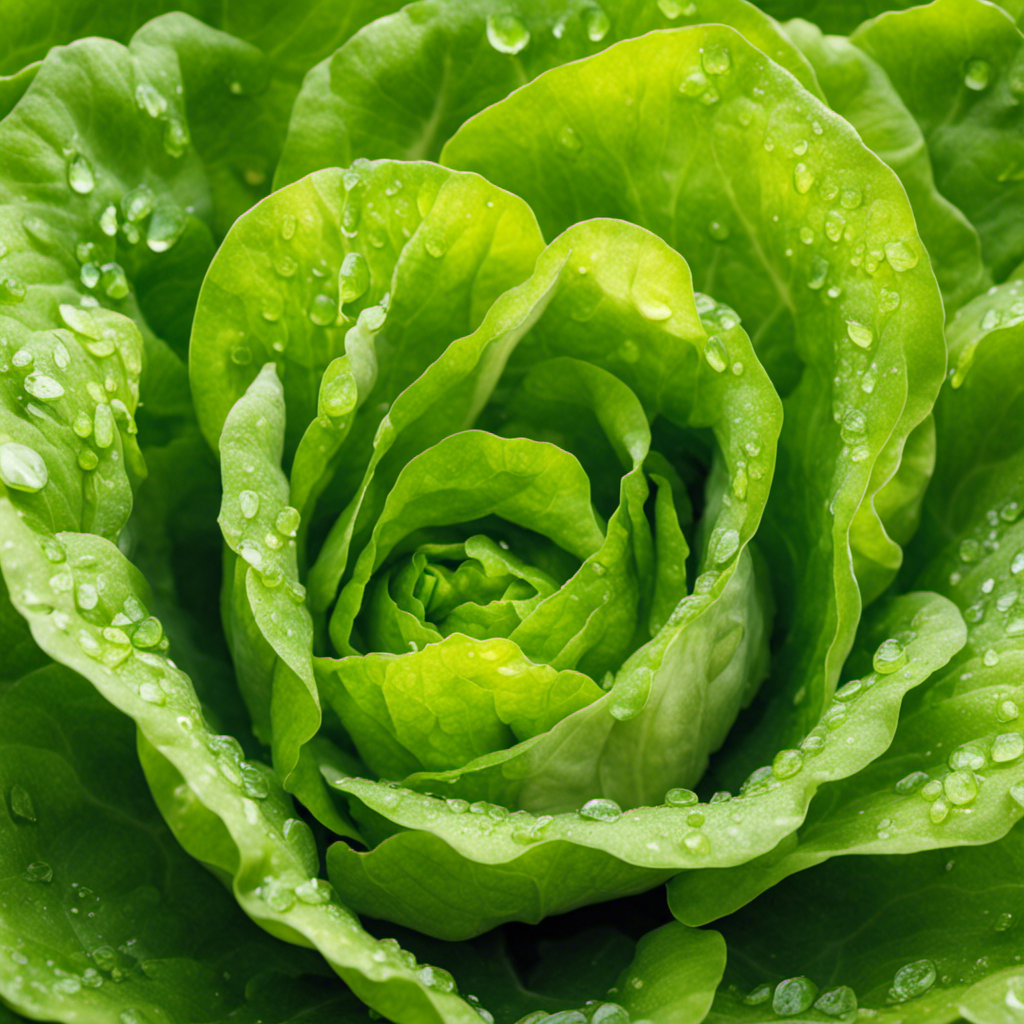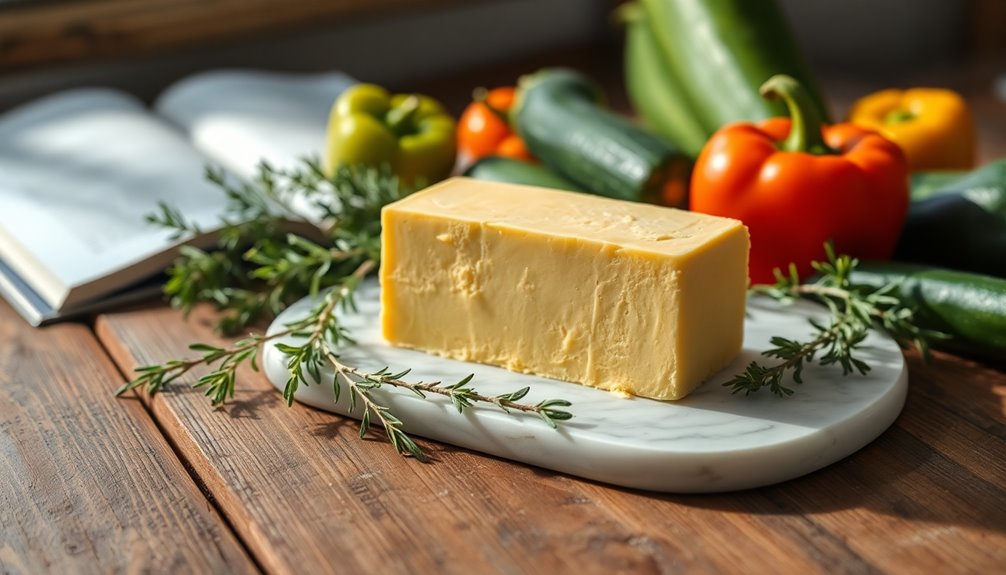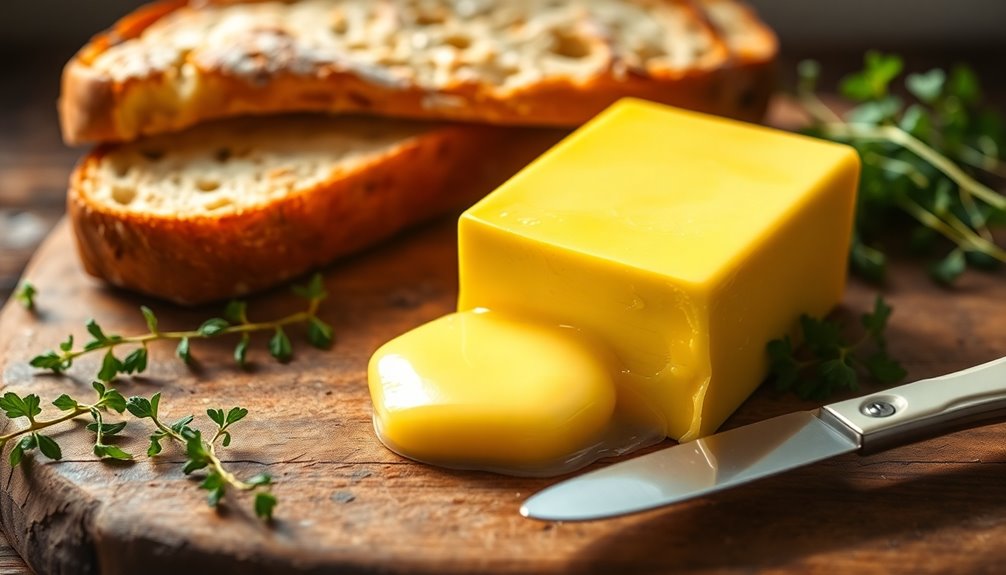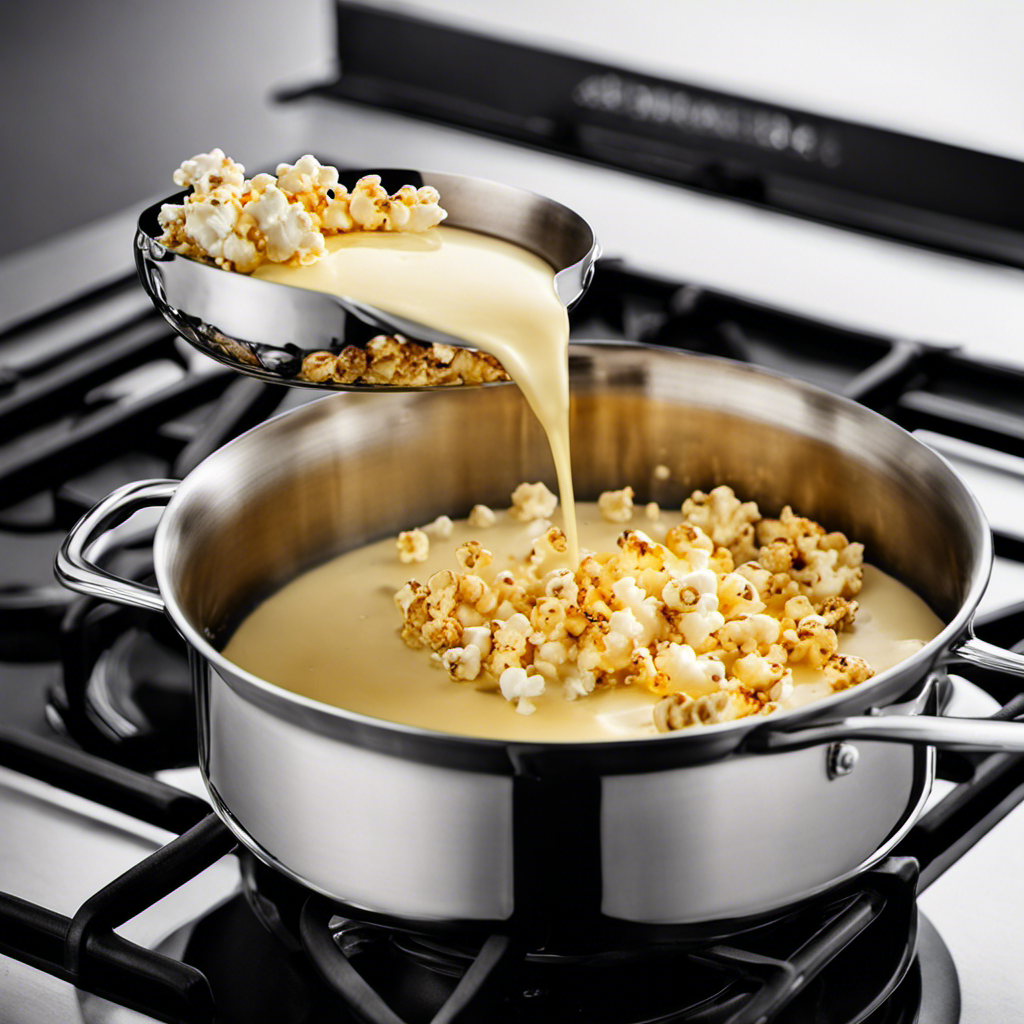As a bird enthusiast, I have always been fascinated by the wonders of the natural world. Lately, I have developed a keen interest in a fascinating substance known as bark butter.
You may have heard of it, but do you really know what it is and how it can benefit our feathered friends? In this article, we will delve into the history of bark butter, explore its various types, and even learn how to make our very own.
So, let’s dive in and unlock the secrets of this incredible bird attractant.
Key Takeaways
- Bark Butter was introduced in the early 1990s as a mix of rendered suet, nuts, and seeds, attracting woodpeckers, nuthatches, and chickadees.
- Bark Butter is beneficial as it attracts a variety of bird species and provides a nutritious food source rich in fats, proteins, and essential nutrients.
- Different varieties of Bark Butter include peanut bark butter for woodpeckers and nuthatches, sunflower bark butter for songbirds, and insect bark butter for insectivorous birds.
- Making your own Bark Butter involves blending unsalted peanuts and sunflower seeds into a smooth paste, adding vegetable oil for spreadability, and using it as a DIY bird feeder on tree bark or pinecones.
History of Bark Butter
The history of bark butter dates back to the early 1990s when it was first introduced to bird feeding enthusiasts. Its evolution can be traced to the desire of bird lovers to provide a nutritious and easily accessible food source for their feathered friends.
Bark butter is a specially formulated spread made from rendered suet, nuts, and seeds, which is then mixed with cornmeal or flour. This unique blend provides a high energy and protein-rich food option for birds. The introduction of bark butter had a significant impact on bird populations, as it attracted a wide variety of species, including woodpeckers, nuthatches, and chickadees.
Its popularity grew rapidly, leading to an increase in birdwatching and research opportunities. Transitioning to the subsequent section about the benefits of using bark butter, this innovative feeding method has proven to be a game-changer for bird enthusiasts.
Benefits of Using Bark Butter
One advantage of using bark butter is that it attracts a variety of bird species to your backyard. Not only does it provide a nutritious food source for these birds, but it also has a positive environmental impact.
Bark butter is made from a blend of suet, peanut butter, and other ingredients that are rich in fats, proteins, and essential nutrients. This makes it an excellent source of energy for birds, especially during colder months when food can be scarce.
Additionally, by offering bark butter, you are providing a sustainable and natural food option for birds, reducing their reliance on less nutritious alternatives like bread crumbs or processed birdseed. As a result, using bark butter can help support the health and well-being of your feathered friends in a way that is environmentally friendly.
Now, let’s explore the different varieties of bark butter available and how they can cater to the specific needs of various bird species.
Different Varieties of Bark Butter
There are various types of bark butter available, each catering to the specific dietary needs of different bird species. Flavors of bark butter include peanut, sunflower, and insect.
Peanut bark butter is high in protein and fat, making it a favorite among woodpeckers and nuthatches.
Sunflower bark butter is rich in vitamins and minerals, attracting a wide variety of songbirds.
Insect bark butter contains dried insects, which provides an additional source of protein for insectivorous birds such as warblers and flycatchers.
The best time to use bark butter is during the winter months when natural food sources are scarce. It provides birds with a high-energy food source to help them survive the cold weather.
Additionally, offering bark butter in the spring and summer can attract birds during breeding season, as it provides essential nutrients for raising their young.
How to Make Your Own Bark Butter
To make your own bark butter, you’ll need a few simple ingredients and a food processor.
Bark butter is a homemade bird food that is high in nutritional value. It provides birds with essential fats, proteins, and carbohydrates.
To create this nutritious treat, start by gathering unsalted peanuts, sunflower seeds, and a small amount of vegetable oil. Place the peanuts and sunflower seeds in the food processor and blend until they form a smooth paste. Gradually add the vegetable oil until the mixture reaches a spreadable consistency.
Once the bark butter is ready, you can use it to make a DIY bird feeder. Simply spread it onto a piece of tree bark or a pinecone and hang it outside. This will attract a wide variety of birds to your yard.
Now that you know how to make bark butter, let’s explore some tips for attracting birds with this homemade treat.
Tips for Attracting Birds With Bark Butter
If you want to attract more birds to your yard using homemade bird food, try placing the spreadable mixture on a piece of tree bark or a pinecone and hanging it outside.
This method is not only effective in attracting birds, but it can also attract squirrels. Squirrels are known to be avid climbers and will eagerly investigate any food source they come across.
By using bark butter as a squirrel feeding option, you can create a dual-purpose food station in your yard. Simply spread the butter on the bark or pinecone and hang it from a tree branch.
The squirrels will be attracted to the rich, nutty scent and will happily feast on the treat. This is a great way to provide entertainment and sustenance for both birds and squirrels in your backyard.
Frequently Asked Questions
Can Bark Butter Be Harmful to Birds?
Yes, bark butter can be harmful to birds if it goes bad. It is important to store and handle it properly to prevent spoilage. Ensure that it is fresh and nutritious for the birds.
Is It Possible to Use Bark Butter for Other Types of Animals?
Bark butter: A versatile treat. Exploring alternative uses for bark butter is an intriguing idea. While it is primarily used for birds, it could potentially be beneficial for other animals as well. Further research is needed to determine its effectiveness.
Can Bark Butter Attract Unwanted Pests, Such as Squirrels or Raccoons?
Yes, bark butter can attract unwanted pests like squirrels or raccoons. However, using it as a bird feeder alternative has many nutritional benefits for birds. It’s important to take measures to deter pests while providing this nutritious food.
How Long Does Bark Butter Typically Last Before It Goes Bad?
The shelf life of bark butter can vary depending on storage conditions. It typically lasts for several months before it goes bad. To maximize its freshness, store it in an airtight container in a cool, dry place.
Can Bark Butter Be Used in Any Type of Weather?
Yes, bark butter can be used in any type of weather. It is a versatile bird food that provides essential nutrients and energy. It can be easily made at home and offers benefits for bird feeding in different seasons.
Conclusion
In conclusion, bark butter is a unique and effective way to attract birds to your backyard. With its long history and proven benefits, it has become a popular choice among bird enthusiasts.
The different varieties offer a range of options to suit various bird species. Making your own bark butter is simple and cost-effective, allowing you to customize it to your preferences.
By following the tips for attracting birds, you can create a bird haven in your own backyard. Trust me, with bark butter, your yard will be overflowing with feathered friends!
